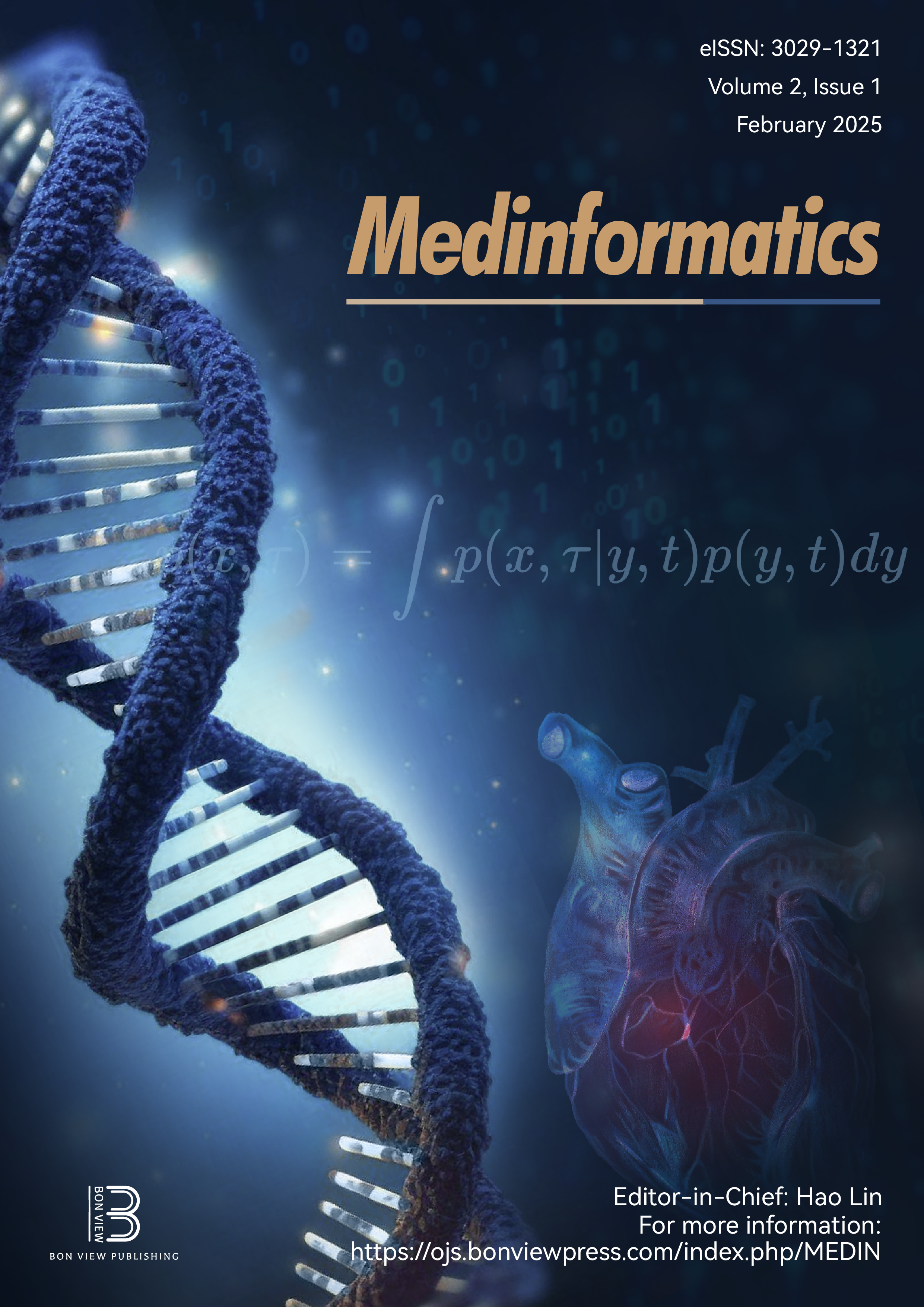In Silico Study and Validation of Natural Compounds Derived from Macleaya cordata as a Potent Inhibitor for BTK
DOI:
https://doi.org/10.47852/bonviewMEDIN52024239Keywords:
machine learning modeling, B-cell malignancies, Bocconarborine B, ibrutinib, molecular dynamic simulationAbstract
Bruton's tyrosine kinase (BTK) is a kinase of the TEC family expressed in B cells and other hematopoietic cells, but it is not expressed in T cells. B-cell malignancies such as multiple myeloma and chronic lymphocytic leukemia have been shown to have a high expression of BTK, thereby displaying oncogenic activities in these diseases, triggering the discovery of BTK inhibitors. The study investigated computationally the phytochemical present in M cordata as a novel BTK inhibitor with high efficacy in treating B-cell malignancies. Chelidimerine, Bocconarborine A, and Bocconarborine B show a high binding affinity of −13.7, −13.3, and −12.9, respectively. This study was validated using molecular dynamic stimulation to indicate the stability and interaction of the ligand with the targeted protein. Bocconarborine B has the best binding energy of −30.94 kcal/mol compared to ibrutinib, with a binding energy of −22.46 kcal/mol. The identified hit compounds from this study were subjected to half maximum inhibitory concentration prediction (IC50) using machine learning modeling; the result shows that Bocconarborine B has the best IC50 of 48.98 nM. This study is subject to validation via in vivo and in vitro studies.
Received: 3 September 2024 | Revised: 18 December 2024 | Accepted: 25 December 2024
Conflicts of Interest
The authors declare that they have no conflicts of interest to this work.
Data Availability Statement
The data that support this work are available upon reasonable request to the corresponding author.
Author Contribution Statement
Ayobami Fidelix: Conceptualization, Methodology, Formal analysis, Resources, Writing - original draft, Writing - review & editing, Supervision. Tomilola Akingbade: Conceptualization, Methodology, Formal analysis, Resources, Writing - original draft, Writing - review & editing, Project administration. Jatin Jangra: Software, Validation, Resources. Babatunde Olabuntu: Software, Validation, Resources. Olutola Adeyemo: Writing - review & editing, Visualization. Juwon Akingbade: Investigation, Data curation, Writing - review & editing.
Downloads
Published
Issue
Section
License
Copyright (c) 2025 Authors

This work is licensed under a Creative Commons Attribution 4.0 International License.


